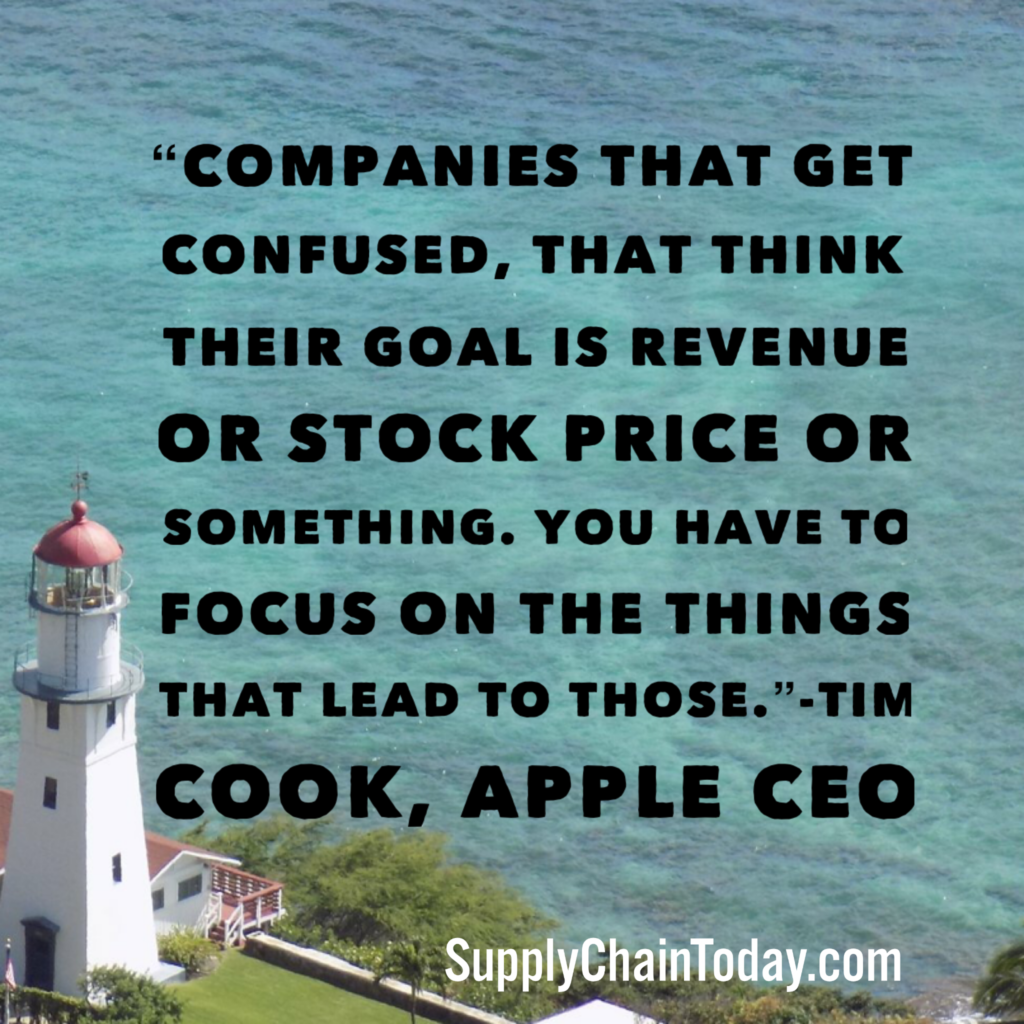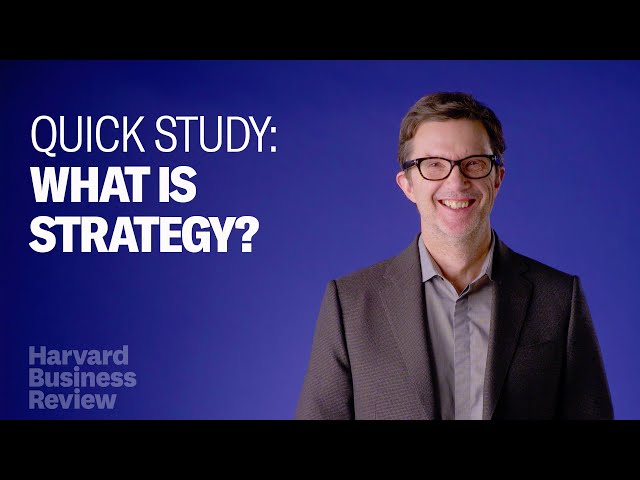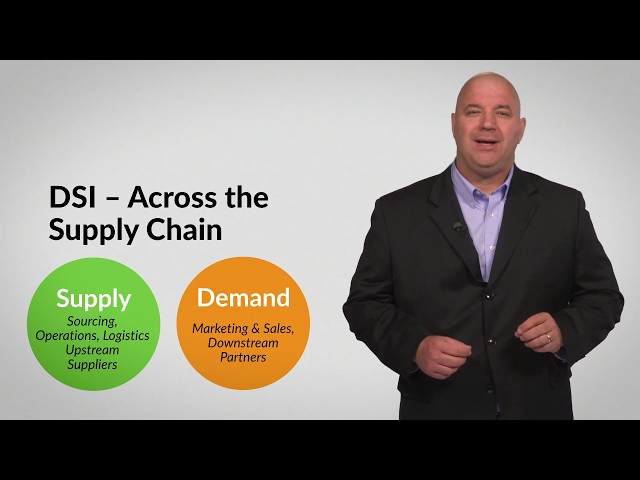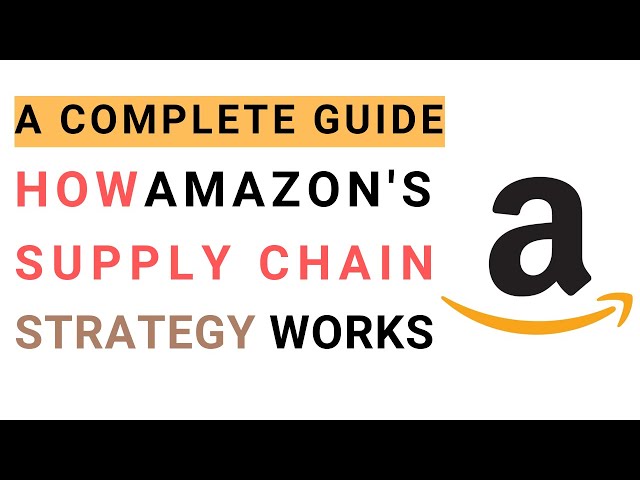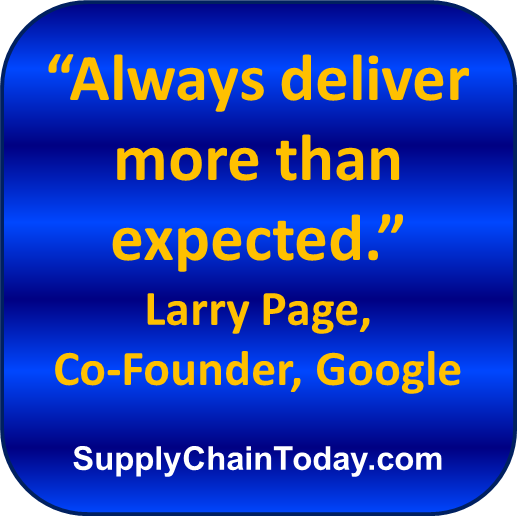Finding Your Company’s Core Competencies.
Core competencies are the unique abilities, skills, and knowledge that a company possesses and that enable it to create and deliver value to its customers. They are the foundation of a company’s competitive advantage and provide a basis for developing new products, services, and processes.
Core competencies typically include:
- Technical expertise: This refers to the company’s knowledge and skills in specific areas of production, engineering, or research and development.
- Brand reputation: This refers to the company’s reputation for quality, reliability, and customer service.
- Distribution and logistics: This refers to the company’s ability to get its products to customers in a timely and efficient manner.
- Supply chain management: This refers to the company’s ability to manage its relationships with suppliers, vendors and partners.
- Sales and marketing: This refers to the company’s ability to effectively market and sell its products or services.
- Innovation: This refers to the company’s ability to develop new products, services, and processes.
- Human resources: This refers to the company’s ability to attract, retain, and develop talented employees.
- Financial management: This refers to the company’s ability to manage its financial resources effectively.
Core competencies are often built over a long period of time and are difficult for competitors to imitate or replicate. They are often the result of a combination of factors such as a company’s history, culture, and management practices. A company’s core competencies can change over time as the company adapts to changing market conditions and customer needs.
Finding a Companies Core Competencies
A company can determine its core competencies by conducting a thorough analysis of its internal and external environment. This process typically involves a combination of the following steps:
- Internal analysis: This step involves assessing the company’s current resources, capabilities, and processes. The company should evaluate its strengths and weaknesses in areas such as technology, production, marketing, and human resources.
- External analysis: This step involves analyzing the company’s external environment, including the industry, competitors, customers, and market trends. The company should identify opportunities and threats that may impact its performance.
- Value chain analysis: This step involves analyzing the company’s value chain, which includes all the activities involved in creating and delivering a product or service. The company should identify the key activities that create the most value for customers and that provide the company with a competitive advantage.
- SWOT analysis: A SWOT analysis is a tool to evaluate the company’s internal strengths and weaknesses and external opportunities and threats.
- Customer feedback: A company can gather feedback from its customers to understand what they value the most and what they consider as the company’s core competencies.
- Benchmarking: A company can also compare itself to competitors and best practices in the industry to identify its core competencies.
Once a company has identified its core competencies, it can use this information to develop a competitive strategy and to guide its decision-making and resource allocation. It’s worth noting that core competencies are not static, companies should regularly review and update their core competencies to ensure that they align with the company’s current strategy and market conditions.
Quotes on Core Competencies
- “Knowing the edge of your competency is important. If you think you know more than you do, you will get in trouble.” ~Warren Buffett
- “Know your core competencies and focus on being great at them. Pay up for people in your core competencies. Get the best. Outside the core competencies, hire people that fit your culture but are cheap.” ~Mark Cuban
- “Perception is strong and sight weak. In strategy it is important to see distant things as if they were close and to take a distanced view of close things” ~Miyamoto Musashi
- “The essence of strategy is choosing what not to do.” ~Michael Porter
- “An organization’s ability to learn, and translate that learning into action rapidly, is the ultimate competitive advantage” ~Jack Welch
- “We tend to think that, in a traditional organisation, people are producing results because management wants results, but the essence of a high-quality organisation is people producing results because they want the results. It’s puzzling we find that hard to understand, that if people are really enjoying, they’ll innovate, they’ll take risks, they’ll have trust with one another because they are really committed to what they’re doing and it’s fun” ~Peter Senge
- “The moment a leader steps away from his core competencies, his effectiveness as a leader diminishes.” ~Andy Stanley
- “Don’t take on things you don’t believe in and that you yourself are not good at. Learn to say no. Effective leaders match the objective needs of their company with the subjective competencies. As a result, they get an enormous amount of things done fast.” ~Peter Drucker
- “Strategy without tactics is the slowest route to victory. Tactics without strategy is the noise before defeat.” ~Sun Tzu
- “Good business leaders create a vision, articulate the vision, passionately own the vision, and relentlessly drive it to completion.” ~Jack Welch
Supply Chain and MBA Key Concepts
- Balanced Scorecard – Simple explanation.
- Berkshire Hathaway CEO Warren Buffett Quotes.
- Best Continuous Improvement Quotes.
- Get a Job in Supply Chain.
- Important Manufacturing KPIs (Key Performance Indicators)
- Lean vs Kaizen – The foundations of the Total Productive System and Continuous improvement.
- Supply Chain and MBA Key Concepts.
- Supply Chain Top Companies.
- Tesla CEO Elon Musk Quotes
- What is SWOT? Definition and How to Do a SWOT Analysis.
What Is Strategy? It’s a Lot Simpler Than You Think.
The Strategic Role of Demand Management in Supply Chains
How Amazon’s Supply Chain Management Strategy Works?
Supply Chain Management Key Concepts
